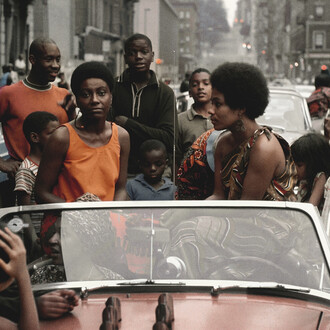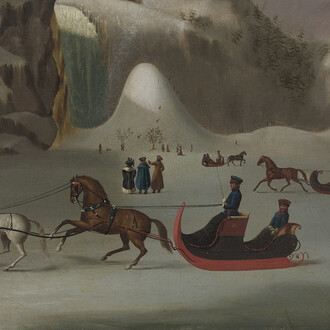As people who examine the destiny and moral character of a nation, economists are modern-day prophets, and the charts and diagrams they produce are their prophecies.
(Richard Ibghy and Marilou Lemmens)
This new instalment of Pictures for an Exhibition centres around The Prophets, a work featured at the MAC in 2014 and the Istanbul Biennial in 2015. Created by Richard Ibghy and Marilou Lemmens, a duo of Quebec artists interested in economic sciences’ representation of the world, the work is a collection of small and delicate sculptures handmade using everyday materials such as string, bamboo sticks, wire and sheets of acetate. Displayed on long tables, these fragile, abstract-looking sculptures reveal 3D models inspired by economic charts and graphs.
Filled with humour and irony, they depict knowledge gleaned from academic and scientific publications, and attempt to predict human behaviour by analyzing how work, consumption and production interact. They include concrete data and mental abstractions, law-curves and fact-curves, positions drawn in logical time and in historical time, as well as a number of other forms and procedures common to economic analyses and representation. Comprised of over four hundred and thirty structures that interpret a broad array of historical and contemporary subjects, The Prophets examines the concepts of labour and the workforce as well as consumer and productivity data. The tone of their hand-written description and play on words express scepticism regarding the accuracy of their sources and an understanding that scientific and economic models are ephemeral and transitory.
By creating these scale models, which are sort of diagrams of economic thinking, Richard Ibghy and Marilou Lemmens shape data that usually reveals concepts, ideas and statistics into a vast collection of abstract forms. The exhibition creates a dialogue between The Prophets, currently being acquired, and works by Josef Albers, Jack Bush, Sol Lewitt and Jana Sterbak drawn from our collection. Featuring shared formal and conceptual thinking, this instalment of Pictures for an Exhibition aims to highlight a selection of works with complementary material qualities.
















